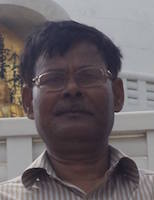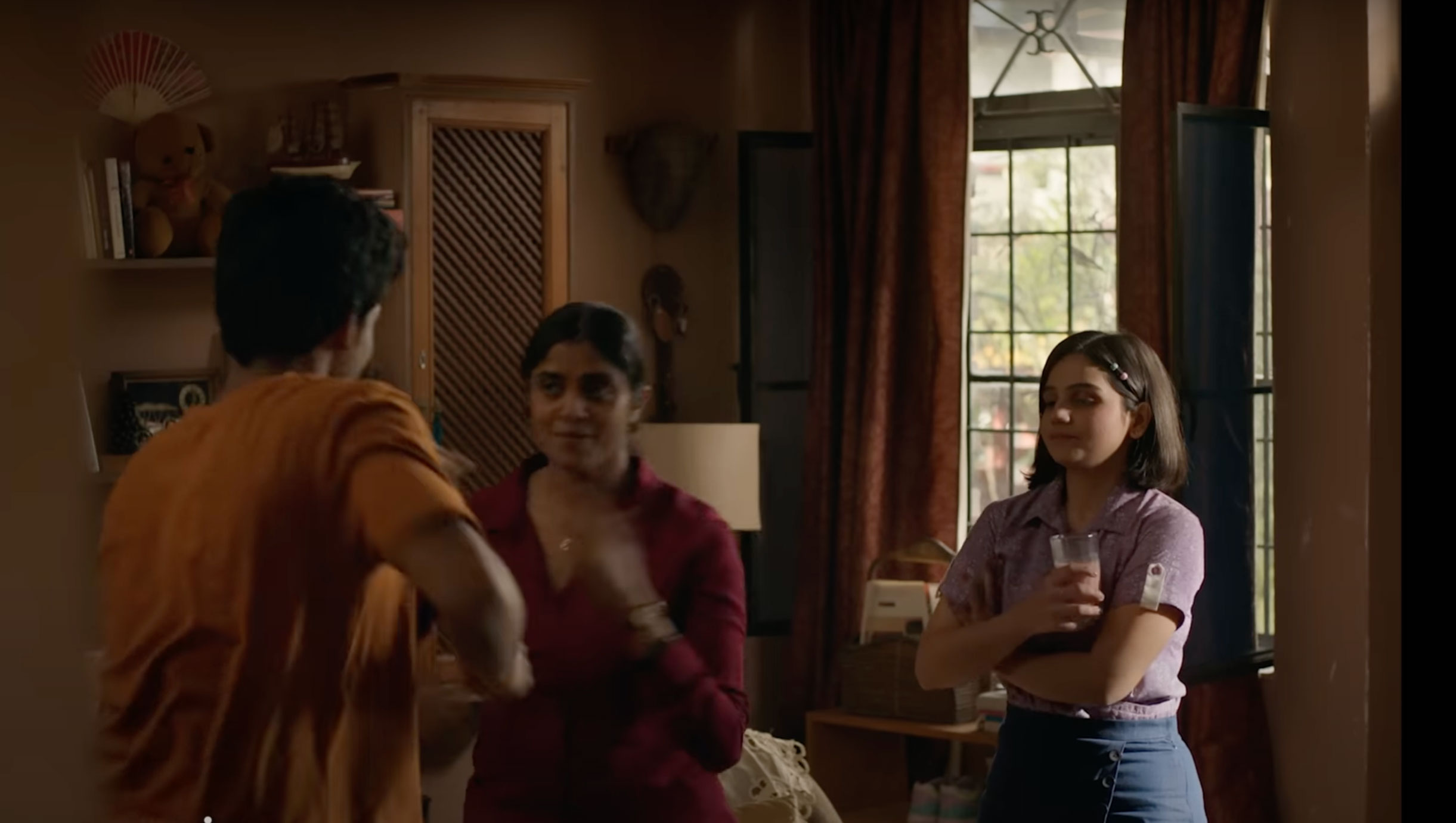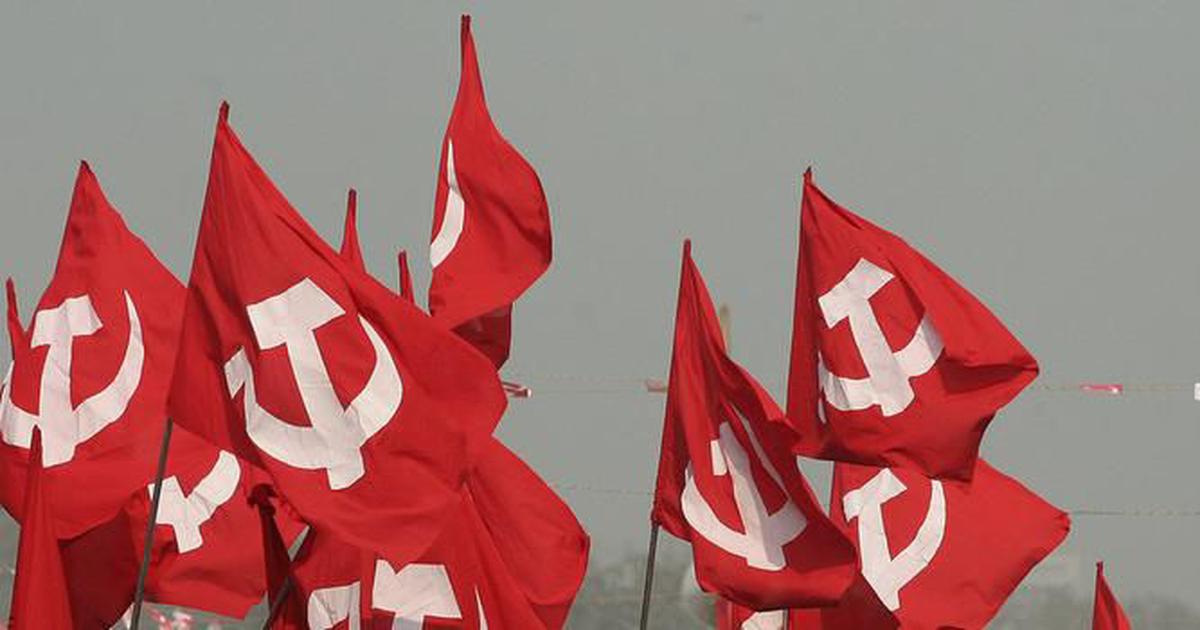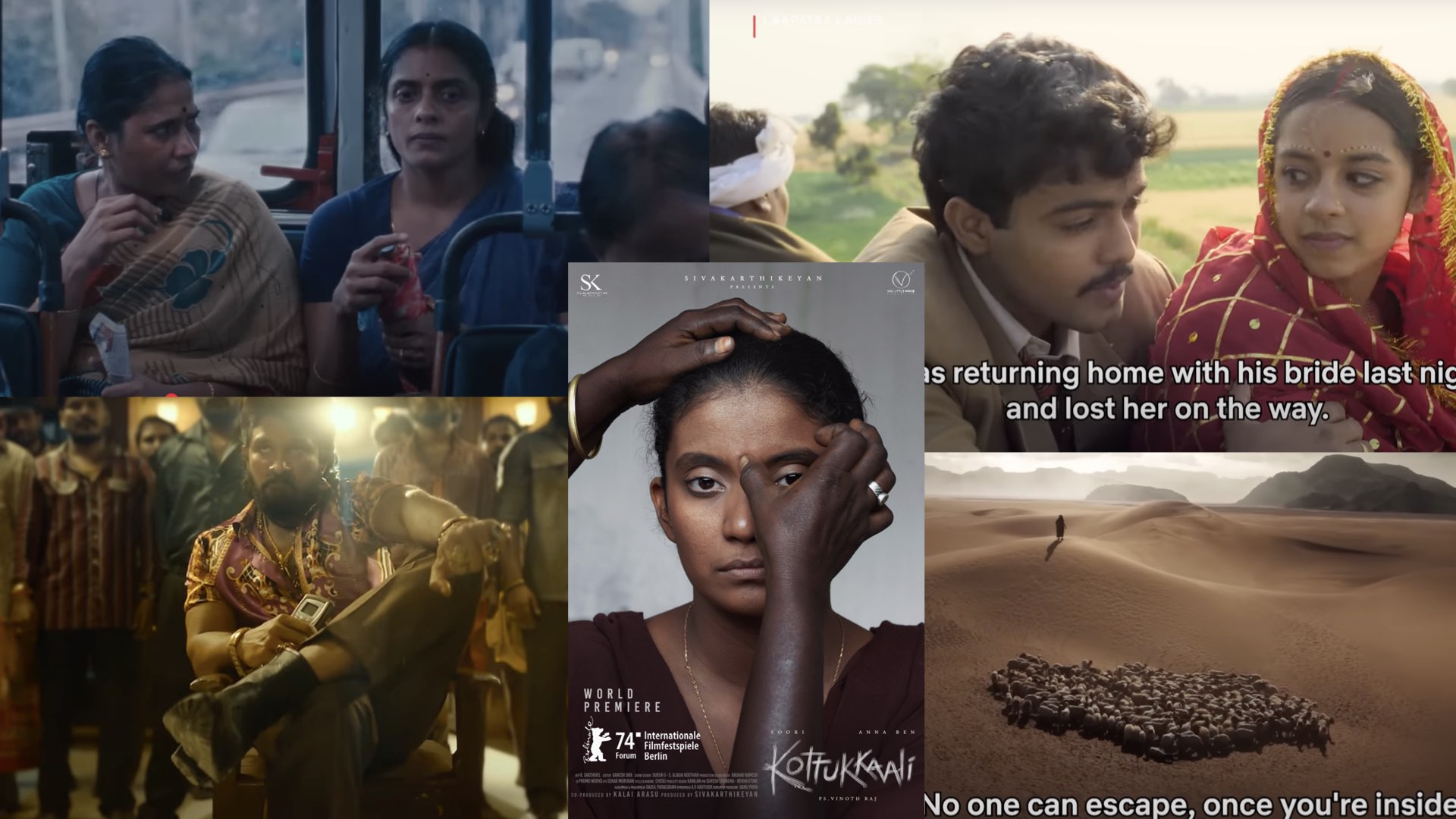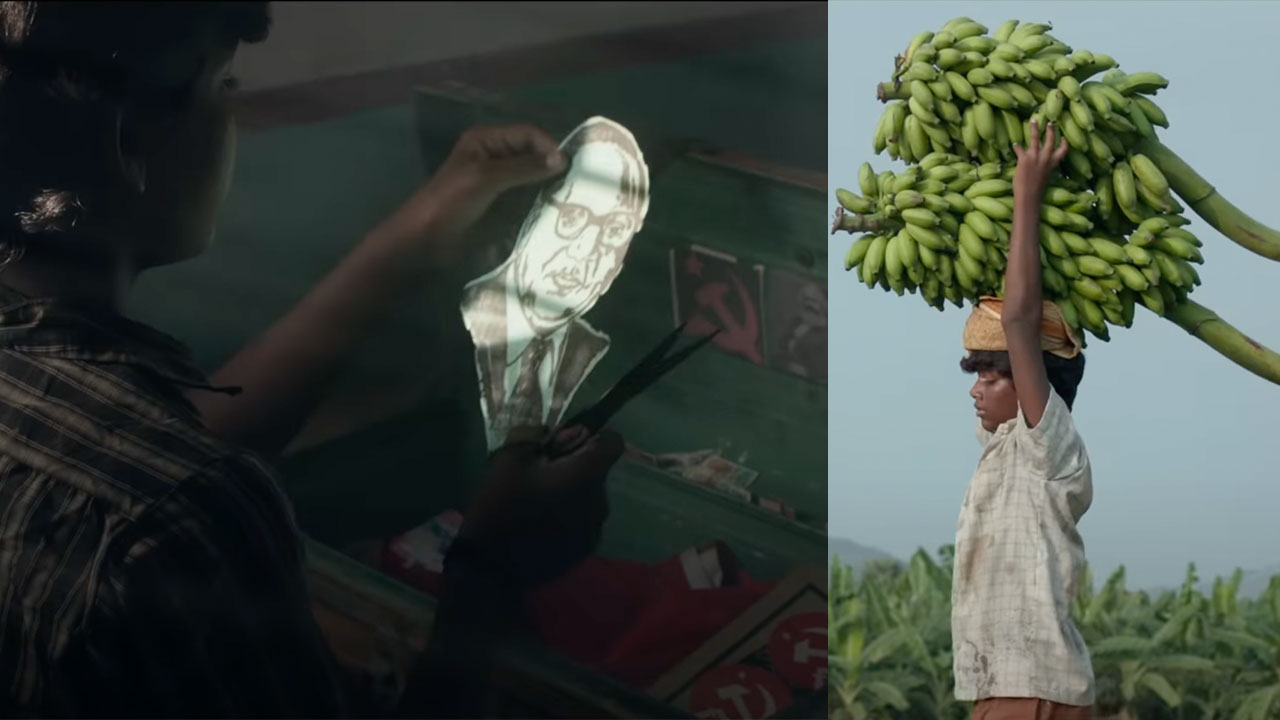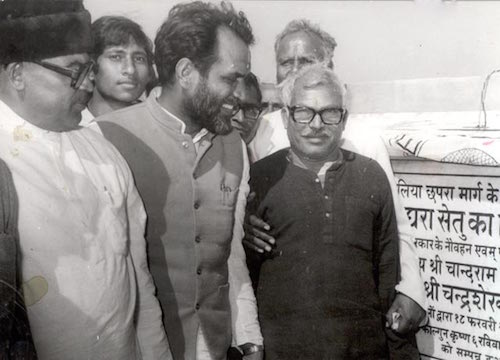
Free trade and free communication as a result of globalization has brought about economic liberalization in the world. It has also widened the fields of culture and literature and made them more liberal. Globalization may have its limitations but its liberalizing effect does tend to place at the centre that what was in the margins. The communications revolution has accentuated this process. The advocates of globalization argue that just as when a dam is breached, its water attains the sea level, similarly free trade and free markets will lead to the flow of capital and money from the rich nations to the poor and the developing ones, thus reducing poverty and increase equality. The same is true of emotions and thoughts. You may choose to disagree but the fact is that African American literature had an impact on Marathi literature and that in turn led to the emergence of Dalit literature in Hindi. In a country of bewildering diversity like India, transnational corporations and private industrial houses will have to give opportunities to the deprived and backward sections just as is being done in America, Australia and the European countries. In India, so far, democracy has been confined to the political arena. Social and economic democracy is still a far cry. That is why India has been witnessing clashes of identities. These clashes and social churning have given rise to many a cultural and given social discourse. Dalit, women’s, Tribal, Muslim, Christian, immigrants’ and numerous other discourses have emerged. Among them is the OBC or Shudra literary discourse. The range of this discourse is the widest among all of them.
Identity-based literature
Dalit literature is the one in which Dalits are the heroes. Women’s discourse is the one that is led by women. And that is true of Tribal, minorities’, immigrants’ and all other discourses. The sufferings these sections have gone through have given them the right to take centre stage. But then, isn’t the same true of OBC literature or the literature of the Backwards and Untouchables – whom Phule described as the Shudras and the Ati-shudras respectively? The literature in which a hero of the backward class overcomes all odds to set new standards is OBC or Shudra Literature.
Seen from this angle, there is no dearth of OBC heroes in literature, culture, society and politics. Their heroism was never viewed in literature the same way as other discourses on the margins saw their heroes. But can heroism or securing victory somehow be the sole identifier of OBC literature? Shouldn’t it be backed by a set of principles, an ideology?
Politics and sociology of OBC literature
OBCs or the Backwards are not a caste but a class defined by the Constitution that includes hundreds of Hindu and Muslim castes, besides castes of other minority communities. These communities have been given reservations in different states on the basis of their socio-economic and educational status in those states as assessed by the Mandal Commission. They include castes such as Nai, Kahar, Kumhar, Kanu, 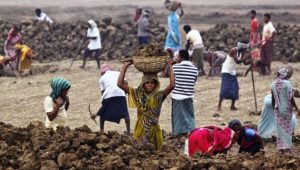 Kunjra, Kabari, Mallah, Tanti, Nat, Banjara, Julaha, Dhobhi, Dhankaar, Lohaar and hundreds of other toiling castes and even Muslims who are worse off than the Dalits. It is true that the Dalits were considered Untouchables and the savarnas despised them. For centuries, they faced humiliation, exploitation and oppression born out of the varna system. But the members of the backward classes were in direct contact with the savarna society. They served them as serfs and labourers, and faced atrocities at the hands of their feudal masters that, in some cases, were worse than what the Dalits endured. They had do “begar” (unpaid labour), serve them day and night and still face humiliation. They were treated like animals. They were bought and sold like commodities. Feudal lords gave their women away as dowry when they married their daughters off, forcing them to lead the life of concubines. They were not allowed to own any property. For centuries, they lived like slaves. Till recently, they worked as bonded labourers in villages and even now continue to do so, although these cases are rare today. As they had no other means of livelihood, they were forced to endure the humiliation heaped on them and continued serving the upper castes.
Kunjra, Kabari, Mallah, Tanti, Nat, Banjara, Julaha, Dhobhi, Dhankaar, Lohaar and hundreds of other toiling castes and even Muslims who are worse off than the Dalits. It is true that the Dalits were considered Untouchables and the savarnas despised them. For centuries, they faced humiliation, exploitation and oppression born out of the varna system. But the members of the backward classes were in direct contact with the savarna society. They served them as serfs and labourers, and faced atrocities at the hands of their feudal masters that, in some cases, were worse than what the Dalits endured. They had do “begar” (unpaid labour), serve them day and night and still face humiliation. They were treated like animals. They were bought and sold like commodities. Feudal lords gave their women away as dowry when they married their daughters off, forcing them to lead the life of concubines. They were not allowed to own any property. For centuries, they lived like slaves. Till recently, they worked as bonded labourers in villages and even now continue to do so, although these cases are rare today. As they had no other means of livelihood, they were forced to endure the humiliation heaped on them and continued serving the upper castes.
As their socio-economic interests were directly linked to the feudal castes, for protecting their purity, superiority and their means of livelihood, they too were forced to treat the Dalits as untouchables. This was the graded inequality of Brahmanism, which earmarked a slot for every caste. But the Backwards were liberal towards the Dalits and had sympathy for them. Since the Dalits lived away from the main settlements, they could at least share their pain and agony with their brethren but the Shudra or toiling classes lived among the savarnas and did not even get this opportunity. They were beaten but were not allowed to cry.
There is a story by Yashpal titled Dukh Ka Adhikar. The protagonist of the story is a woman who is selling watermelons in a market and is sobbing. Only a day earlier, her son died after being bitten by a poisonous snake. He had gone to the fields to reap watermelons. A snake was hiding among the plants and bit him. But she can’t afford to sit at home and mourn the death of her son. If she doesn’t sell watermelons, she won’t have anything to eat. The condition of the Backwards was the same in the Ancient, Medieval and Modern eras. The trauma faced by women was almost the same, differing in just the form. That is why opposition to the varna and the caste system was the common thread connecting the movements of Dalits and the Backwards from Makkali Ghoshal to Kabir to Mahatma Phule. Subsequently, the problems of Muslim minorities and women also assumed centre stage in these movements. Besides attacking the caste and varna hierarchy, Kabir also talked of the Hindu-Muslim divide and narrow-mindedness. Buddha did not touch on the Muslim issue as he pre-dated Islam. Raja Ram Mohan Roy did launch a movement against the Sati system but other problems of women were not on his radar. Phule was the first to describe women as Dalits and highlight a wide range of issues that concerned them, including education, child marriage, widow remarriage, and female infanticide and foeticide. He also launched movements on these issues. By launching the Shudra-Ati-Shudra movement, Phule raised the banner of revolt against Brahmanism. Gandhi’s programme of Dalit emancipation was confined to untouchability but Ambedkar’s was a gist of all the earlier movements. Ambedkar’s movement highlighted issues related to Dalits, OBCs, Muslims and women in a comprehensive manner. After the Dalits got reservations under the Poona Pact in 1932, leaders, writers and intellectuals of the backward classes formed their own organizations and began demanding their rights. Their movement was complementary to Babasaheb’s movement. They did not run a parallel movement. That is why Babasaheb ensured the incorporation of Article 340 pertaining to Other Backward Classes in the Constitution.
Social activists, leaders and writers of backward classes
In the initial phase, egged on by the Arya Samaj movement, the caste-based organizations of the Backwards joined the race for wearing the sacred thread and describing themselves as descendants of high-caste Brahmins and Kshatriyas on the basis of “Krinvantu Vishwamaryam” (My objective is to make the entire world Aryan). As a reaction to the Savarna opposition to this exercise, new movements led by Triveni Sangh  and then Picchda Varg Sangh and Arjak Samaj emerged. The names of their key leaders and social activists were: in Bihar, the founders of Triveni Sangh, including Babu Dasu Singh, Navdeep Chandra Ghosh, Gurusahai Lal, Ganpati Mandal, R.L. Chandapuri, Chulhai Sahu, Sant Prasad Gupta, Jagdev Prasad, Ramlakhan Singh Yadav, Devsharan Singh and Ram Avdesh Singh; in Uttar Pradesh, Dr Badlu Ram “Rasik”, Ramswaroop Verma, Chandrika Prasad Jigyasu, Dwarka Prasad Maurya, Durgadutt Singh Kushan, Shivdayal Singh Chaurasia, Durgadeen Sahu, Chedilal Sathi, Babulal Prajapati and Kunwar Uday Veer Singh; in Delhi, Ramprasad Saini, Pyarelal Sonkar, Prithivipal Singh, Gyanendra Nath, Bhairav Prasad Chandra, Ramprasad Dhangar, Sardar Mohan Singh, Bhagwan Das Seth, Bihari Lal, G.D. Chaurasia, J.P. Yadav and Badan Singh Pal; in Madhya Pradesh, Dr Indrajeet Singh, Khoobchand Patel, Chintamani Saha, Gokhul Prasad Saini, Kanaiya Lal; in Punjab, Dr Hazari Lal, Santram B.A., Ameer Singh, Chandhary Chanan Singh and Sitaram Saini; in West Bengal, Ashutosh Das, S.K. Sarkar, Upendra Nath Barman, Gaursundar Nath, Khalil-ur-Rahman Ansari and Vivekanand Vishwas; in Odisha, Yaduman Mangraj, Dr P. Parija and Laxmi Narayan Sahu; in Rajasthan, Mahant Laxanand, Gheesaram Jat, Kalu Ram Rathore, Swami Parmanand Bharati, Santosh Singh Kachwaha, Chotelal Sukhaji and Ram Swaroopchand; in Mumbai, K.S. Dondkar, W.C. Vagh, G.C. Bobade, K.P. Saha, S.R. Londhe, R.B. Raut and D.R. Gadh; in Andhra Pradesh, G. Lacchnna, Dr N. Chenna Reddy, G.R. Verma, K. Kamraju, A, Hussainappa and T.N. Vishwanath Reddy; in Mysore, Karnataka, B. Gopal Reddy, N.C. Deshappa, P. Mariyappa, K.G. Deshappa, K.P. Bediyar, M. Verappa and N.B. Krippa; in Madras, Tamil Nadu, V.M. Ghatikachalam, N.E. Manorama, S. Ramanathan and M.A. Nair; in Kerala, P.M. Abraham, P. Neelkanth, B.D. John and E.P. Verghese from Kerala Christian Picchda Varg Sangh; in Assam, Jitendra Nath Chaudhary, Heeralal Gupta, Gaurmohan Das, Charu Barman, Sonaram Phukam, Girdhari Das, Gyan Mohan Das, M.N. Saikia and Nilambar Das.
and then Picchda Varg Sangh and Arjak Samaj emerged. The names of their key leaders and social activists were: in Bihar, the founders of Triveni Sangh, including Babu Dasu Singh, Navdeep Chandra Ghosh, Gurusahai Lal, Ganpati Mandal, R.L. Chandapuri, Chulhai Sahu, Sant Prasad Gupta, Jagdev Prasad, Ramlakhan Singh Yadav, Devsharan Singh and Ram Avdesh Singh; in Uttar Pradesh, Dr Badlu Ram “Rasik”, Ramswaroop Verma, Chandrika Prasad Jigyasu, Dwarka Prasad Maurya, Durgadutt Singh Kushan, Shivdayal Singh Chaurasia, Durgadeen Sahu, Chedilal Sathi, Babulal Prajapati and Kunwar Uday Veer Singh; in Delhi, Ramprasad Saini, Pyarelal Sonkar, Prithivipal Singh, Gyanendra Nath, Bhairav Prasad Chandra, Ramprasad Dhangar, Sardar Mohan Singh, Bhagwan Das Seth, Bihari Lal, G.D. Chaurasia, J.P. Yadav and Badan Singh Pal; in Madhya Pradesh, Dr Indrajeet Singh, Khoobchand Patel, Chintamani Saha, Gokhul Prasad Saini, Kanaiya Lal; in Punjab, Dr Hazari Lal, Santram B.A., Ameer Singh, Chandhary Chanan Singh and Sitaram Saini; in West Bengal, Ashutosh Das, S.K. Sarkar, Upendra Nath Barman, Gaursundar Nath, Khalil-ur-Rahman Ansari and Vivekanand Vishwas; in Odisha, Yaduman Mangraj, Dr P. Parija and Laxmi Narayan Sahu; in Rajasthan, Mahant Laxanand, Gheesaram Jat, Kalu Ram Rathore, Swami Parmanand Bharati, Santosh Singh Kachwaha, Chotelal Sukhaji and Ram Swaroopchand; in Mumbai, K.S. Dondkar, W.C. Vagh, G.C. Bobade, K.P. Saha, S.R. Londhe, R.B. Raut and D.R. Gadh; in Andhra Pradesh, G. Lacchnna, Dr N. Chenna Reddy, G.R. Verma, K. Kamraju, A, Hussainappa and T.N. Vishwanath Reddy; in Mysore, Karnataka, B. Gopal Reddy, N.C. Deshappa, P. Mariyappa, K.G. Deshappa, K.P. Bediyar, M. Verappa and N.B. Krippa; in Madras, Tamil Nadu, V.M. Ghatikachalam, N.E. Manorama, S. Ramanathan and M.A. Nair; in Kerala, P.M. Abraham, P. Neelkanth, B.D. John and E.P. Verghese from Kerala Christian Picchda Varg Sangh; in Assam, Jitendra Nath Chaudhary, Heeralal Gupta, Gaurmohan Das, Charu Barman, Sonaram Phukam, Girdhari Das, Gyan Mohan Das, M.N. Saikia and Nilambar Das.
These movements launched during the Freedom Struggle brought about political consciousness among the Backwards, and the socialist movement led to the Backwards coming into power in many states. In independent India, Karpoori Thakur was one of the first bearers of this consciousness, which was later sharpened by Kanshi Ram. Lalu Yadav included the issues of Dalits, Backwards and minorities in his political agenda and successfully ruled Bihar. Karpoori Thakur, Lalu Yadav, Nitish Kumar and Ramvilas Paswan in Bihar; Chaudhary Charan Singh, Kanshi Ram, Mulayam Singh Yadav and Mayawati in Uttar Pradesh; Devilal in Haryana; Karunanidhi in Tamil Nadu; and Devegowda in Karnataka are the symbols and products of this consciousness. Today, national politics also hinges on the symbols and representatives of the backward classes. In order to encash this sentiment, even national parties like the BJP were forced to project Narendra Modi as its backward face. But whether it is the politics of the Backwards or of the Dalits, it seems to be digressing from the path of Phule and Ambedkar, and Manuwadi forces are benefitting from it.
OBC literature: Form and possibilities
Not much work has been done on OBC literature. However, the writings of litterateurs and poets of the backward classes – including those of the Vaishya community – do display sensitivity to the Dalit and Backwards and their content, characters and situations do show that they had imbibed Dalit backward consciousness. Prior to Independence, Phule, Periyar, Narayan Guru, Bhartendu, Santram B.A., Ramswaroop Verma and Chandrika Prasad Jigyasu among others wrote literature imbued with Dalit-backward consciousness. Some of them continued to be active even after Independence. OBC discourse can trace its roots to the writings of Bhartendu, including a satire titled Vedic Hinsa and another work called Bharat Durdasha themed on Brahman-Sraman dialectics. Jaishankar Prasad may have been a writer of brahmanical consciousness but the thinking he finally arrived at is reflected in his novel Kankal, which pours scorn on religious dogma, hypocrisy and culture. We can discover the soul of OBC literature in the Bhojpuri plays of Bhikhari Thakur. Almost all the characters in his plays come from the backward classes and the plays describe their condition and their life. The texture and structure of Renu’s writings and their sensitivity and contents also reflect the concerns of the backward communities. Whether it is stories like Samvadiya, Thes, Teesri Kasam, Lalpaan Kee Begum, Panchlight, Raspriya and Rasul Mistri or novels like Maila Aanchal and Parti Parikatha – the heroes and the ambience of all of them are closely linked with the backward communities. The same is true of novels and stories of Sanjiv, in which the protagonists are barbers, kahars, ironsmiths and potters, and of the writings of Chandrakishore Jaiswal, Ramdhari Singh Diwakar, Surendra Snighdha and Dinesh Kushwaha. Their contents, style and characters – all portray their sensitivity towards the backward communities. This kind of fiction is being written even now, and in the times to come this trend will only grow stronger.
OBC literature: Principles and limitations
Today, scientists use cross-breeding to produce better varieties of plant and animal species. The same is also true of human species. But the varna and caste system shrewdly put a blanket ban on cross-breeding. Marriages outside one’s caste or varna were disallowed. “Sagotra” (within the same gotra) marriages were prescribed for the Shudras while “vigotra” (outside of one’s gotra) were prescribed for the Dwij castes. This  ensured that while there were genetic improvements in the Dwij castes, the same did not happen in the case of the backwards and the Dalits. It may be mentioned here that this norm is enforced even now in Indian society. The Muslims also aped it, and in Kayasthas too, “sagotra” marriages are the norm, as the scriptures place the kayashthas among the Shudras. Their problems are thus the same as those of the Shudras. Dr Bhimrao Ambedkar, Periyar, Dr Rammanohar Lohia and Karpoori Thakur among others emphasized inter-caste marriages for both genetic improvement and annihilation of caste. Then, will identity-based discourses (such as the OBC discourse) hinder inter-caste marriages? Not at all.
ensured that while there were genetic improvements in the Dwij castes, the same did not happen in the case of the backwards and the Dalits. It may be mentioned here that this norm is enforced even now in Indian society. The Muslims also aped it, and in Kayasthas too, “sagotra” marriages are the norm, as the scriptures place the kayashthas among the Shudras. Their problems are thus the same as those of the Shudras. Dr Bhimrao Ambedkar, Periyar, Dr Rammanohar Lohia and Karpoori Thakur among others emphasized inter-caste marriages for both genetic improvement and annihilation of caste. Then, will identity-based discourses (such as the OBC discourse) hinder inter-caste marriages? Not at all.
It is a bitter truth that inter-caste marriages began in the very communities which were against them. Despite stiff opposition, Gandhi’s son Devdas married a Brahmin woman. Most of the inter-caste marriages, including that of Indira Gandhi, took place among upper castes. Even today, when marriages take place between Sheikh-Syed-Pathan communities of Muslims and the Brahmins, the partners have genetic – if not caste – similarities. Most of the top Muslim leaders have married Brahmin women. Inter-caste marriages do take place among the prosperous Dalits and Backwards but they are few and far between. Even then, inter-caste marriages do not serve to annihilate caste. The caste of the father in patriarchal communities and of the mother in matrilineal communities becomes the caste of the offspring. That is why such identity-based discourses are unlikely to hinder inter-caste marriages. In fact, if the social status of the Dalit and Backwards improves, members of other communities will become more inclined to forging marital ties with them. And if such marriages take place, they are welcome.
Another apprehension that is frequently voiced about OBC literature is that it will replace class discourse with caste discourse. Such apprehensions were voiced by many scholars, including Namvar Singh, when the issue of “reservations in literature” surfaced. When I asked Namvar Singh about it, he replied with a counter-question – “Will there be as many literatures as there are castes? This would break literature into innumerable pieces.” At first glance, this apprehension seems to be valid. But then, when was literature undivided? It gave the appearance of being undivided only in the phases in which it was dominated by a particular caste or class. Otherwise, it was divided in every era. Even today, it is divided into caste-based camps, though no one accepts it in so many words. That is as true of the mainstream elite literature as of the identity-based Bahujan literature. Talent may be important but caste somehow wriggles into literature. In India, caste is all-pervasive. It is there in religion, culture, philosophy, society and politics. OBC literature’s theorizations include opposition to Manuvadi values and establishment of the identity, existence, respect and human dignity of the Backwards. All streams on the margins and the new cultural discourse are part of it. Its ideology includes the likes of Lohia, Gandhi and Ambedkar. It aims at digging out its forgotten history and symbols. The OBC discourse is thus bound to sharpen and grow.
Published in the Bahujan Literary Annual May 2014 issue of the Forward Press magazine
For more on Bahujan literature, visit http://www.amazon.in/dp/
